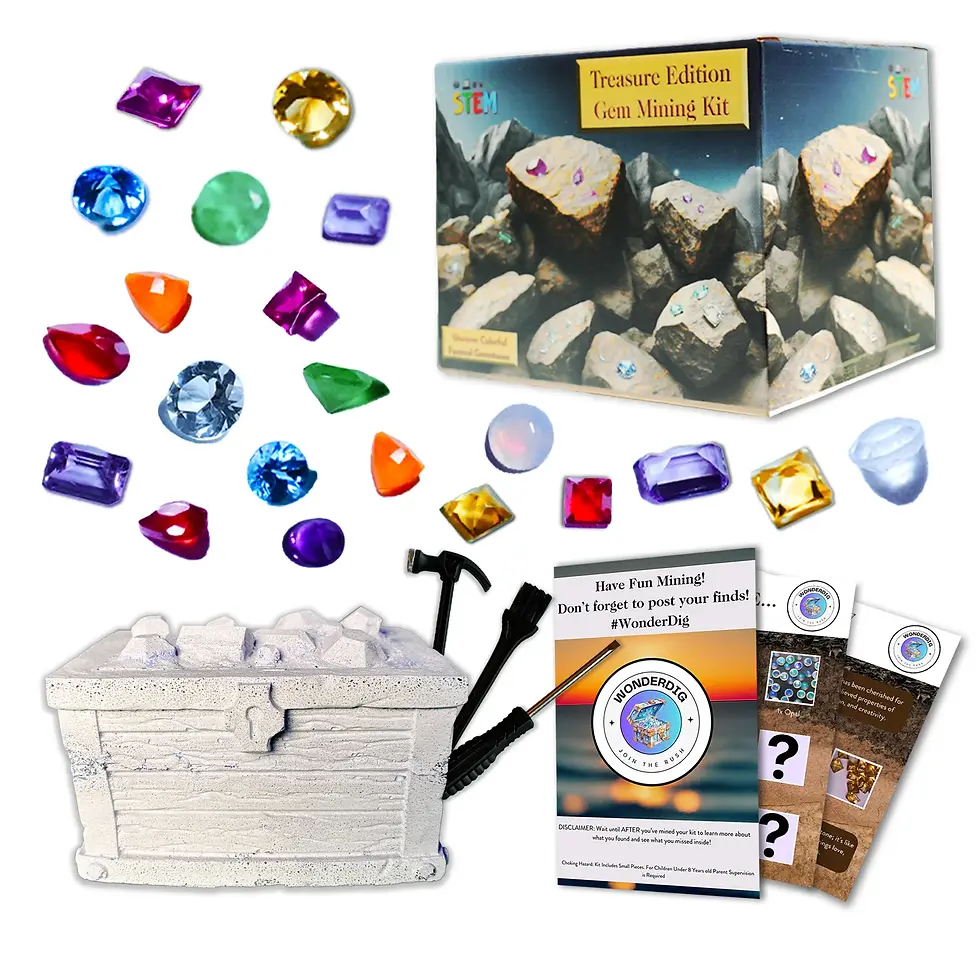Is Amber a Precious Stone? Understanding the Value and Classification of Amber
Amber has captivated humans for millennia with its warm, golden glow and the fascinating inclusions it sometimes holds. But is amber considered a precious stone? While it may not fit the traditional definition of a precious gemstone, amber is highly valued for its beauty, rarity, and unique properties. This guide explores what makes amber special, its classification, and why it holds a place of esteem among collectors and gem enthusiasts.

Overview of Amber:
Amber is an organic gemstone, formed from the fossilized resin of ancient trees. Over millions of years, this resin hardened into amber, often preserving prehistoric life forms such as insects, plants, and even small animals. Amber is primarily found in the Baltic region, particularly in countries like Lithuania and Poland, as well as in the Dominican Republic and other parts of the world. Its colors can range from pale yellow to deep orange, red, and even green or blue in rare cases.
Is Amber a Precious Stone?
Amber is generally classified as a semi-precious stone, rather than a precious stone. The traditional definition of precious stones includes diamonds, rubies, sapphires, and emeralds—gems that are rare, durable, and highly valuable. Unlike these gemstones, amber is organic and not formed through geological processes like most traditional gemstones.
However, amber’s value and appeal lie in its unique qualities. The presence of inclusions, such as prehistoric insects or plant material, can significantly increase its value. Additionally, the warm, glowing color of amber and its smooth, lightweight nature make it a popular choice for jewelry and decorative objects. While amber may not be classified as a precious stone, it is certainly treasured like one by those who appreciate its beauty and history.

Value and Uses of Amber:
The value of amber is influenced by several factors, including:
Color: The most highly prized amber is typically golden yellow to deep orange, though rare colors like green, blue, or red can command higher prices.
Clarity: Clear amber with minimal inclusions is generally more valuable than cloudy or opaque amber. However, amber with well-preserved inclusions, such as insects, can be highly sought after by collectors.
Inclusions: Inclusions in amber are one of its most fascinating features. The presence of ancient life forms preserved in the resin can significantly increase the value of a piece of amber.
Age: Older amber, particularly that from the Baltic region, is often considered more valuable due to its historical significance and the rarity of well-preserved specimens.

Amber is used in a variety of ways, from jewelry and decorative objects to traditional medicine and spiritual practices. In jewelry, amber is often set in silver or gold, and its warm color and lightweight nature make it comfortable to wear. Amber has also been used in amulets and talismans for protection, healing, and spiritual growth.
Cultural and Historical Significance of Amber:
Amber has been valued for thousands of years, particularly in the Baltic region, where it was often referred to as “Baltic gold.” Ancient cultures prized amber for its beauty and believed it had protective and healing properties. Amber was used in jewelry, amulets, and other decorative objects, and it was often traded along ancient trade routes, including the famous Amber Road that connected the Baltic Sea to the Mediterranean.
In addition to its use in adornment, amber was also believed to have spiritual significance. It was thought to ward off evil spirits, protect against illness, and bring good fortune. In modern times, amber is still used in some spiritual practices, particularly in meditation and energy work.

Caring for Amber:
Amber is an organic gemstone and requires special care to maintain its beauty:
Cleaning: Clean amber with warm, soapy water and a soft cloth. Avoid harsh chemicals, ultrasonic cleaners, or steam cleaning, as these can damage the stone.
Storage: Store amber separately from other gemstones to prevent scratches. A soft pouch or a lined jewelry box is ideal for keeping the stone safe.
Protection: Amber is relatively soft and can be scratched or damaged by sharp objects or prolonged exposure to heat. Avoid wearing amber jewelry during activities that may expose it to rough treatment.

Amber may not be classified as a precious stone in the traditional sense, but its beauty, rarity, and unique properties make it a gem of great value. Whether you’re drawn to its warm, golden color, its historical significance, or the fascinating inclusions it sometimes holds, amber is a treasure that deserves a place in any gemstone collection. By understanding its value, uses, and significance, you can fully appreciate the allure of this ancient, organic gem.
Enhance Your Gem Hunting Experience
For those who want to enjoy gem hunting at home, WonderDig offers premium gem mining adventure kits. These kits include a variety of high-quality crystals perfect for both beginners and experienced enthusiasts. Discover beautiful gemstones and enjoy a thrilling mining experience with WonderDig.

















Comments